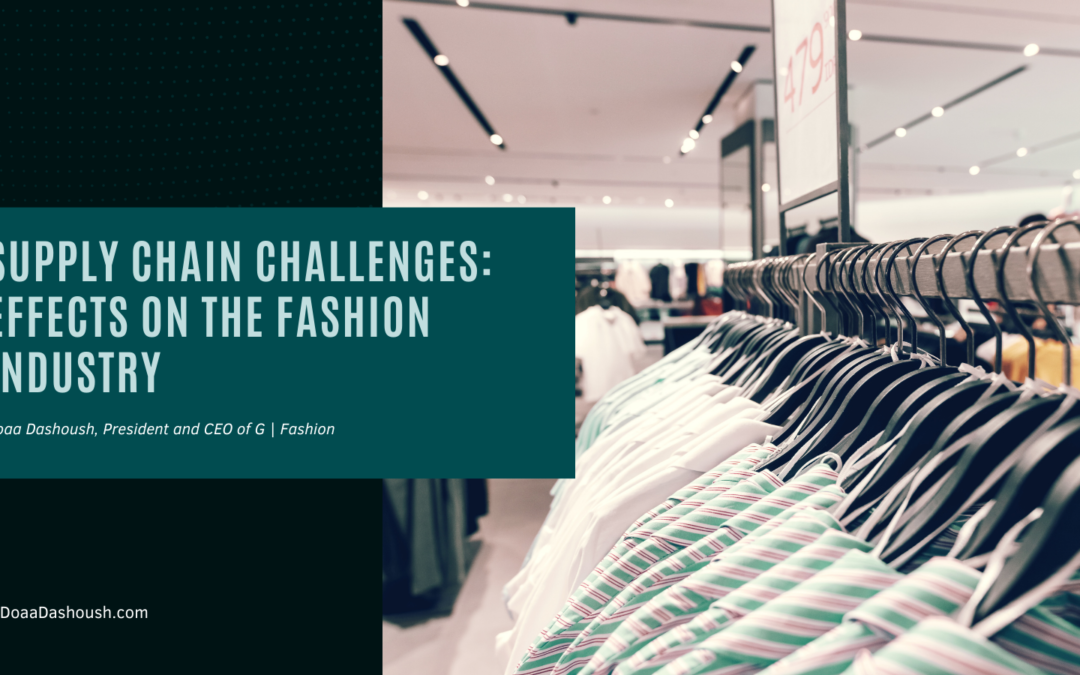Supply chain disruptions continue to plague almost every industry, even nearly two years after the COVID-19 pandemic initiated the initial challenges. One industry that has been especially affected is the fashion industry. Consumers find fewer options in their favorite clothing stores and experience longer shipping times for online purchases. Retailers struggle to keep inventory levels up and sometimes do not receive key styles until much later in the season than intended. Let’s dig into some of these issues further.
Can’t Get Products for Busiest Season
As mentioned above, one of the most noticeable effects of the supply chain problems is just a fundamental lack of product. This is a challenge at almost every level of the supply chain–factories are still dealing with quarantines and shutdowns occasionally, so production times are longer. Labor shortages and logistic problems extend the time it takes for products to be unloaded at ports and to be processed and shipped out of warehouses. Average timetables for receiving items have roughly doubled from pre-pandemic trends. Going into the holiday shopping season, this is a huge concern–delays in receiving products can significantly affect profits during what is usually the busiest fiscal quarter.
One of the reasons fashion has been significantly affected by these challenges is that most fashion companies rely on manufacturing locations in China, India, and other countries overseas that were especially impacted by the pandemic.
Price Increases for Raw Materials
The challenges go beyond just the manufacturing and shipping processes. Even getting the raw materials to make products has become more difficult, for similar reasons as the other delays mentioned above. Labor shortages and COVID protocols have led to price increases for cotton and other common textile materials. Paired with price increases for shipping, many clothing manufacturers are faced with either making less product or increasing prices for consumers, neither of which are particularly appealing options.
Fewer Options In Stores
All of these obstacles are reflected in the stores. Compared to previous years, many consumers have complained of having fewer options. There used to be different styles for every taste, but now there’s just a handful of options available. Sometimes this might be due to delays in receiving other products. Other times the company has had to reduce their number of styles to cut costs.
Difficulty Producing Accurate Predictions
Consumer demand has changed drastically over the past couple of years. Online shopping increased even more than usual, and as more and more people have moved to remote work, the kinds of fashion choices they are making have changed. The pandemic completely disrupted what had once been a pretty predictable process, from shipping times to consumer demand. Ultimately one of the most significant challenges for the fashion industry moving forward is accurately predicting demand and maintaining the necessary levels of inventory.
Doaa Dashoush is an experienced businesswoman in the fashion industry. She currently serves as the President and CEO of GFASHION, a global luxury brand currently based in New York City. GFASHION prides themselves on their unique approach to the industry. They don’t follow trends set by others. The Luxury brand focuses on innovative design through their work with the top designers on collections that reflect the company’s craftsmanship.
